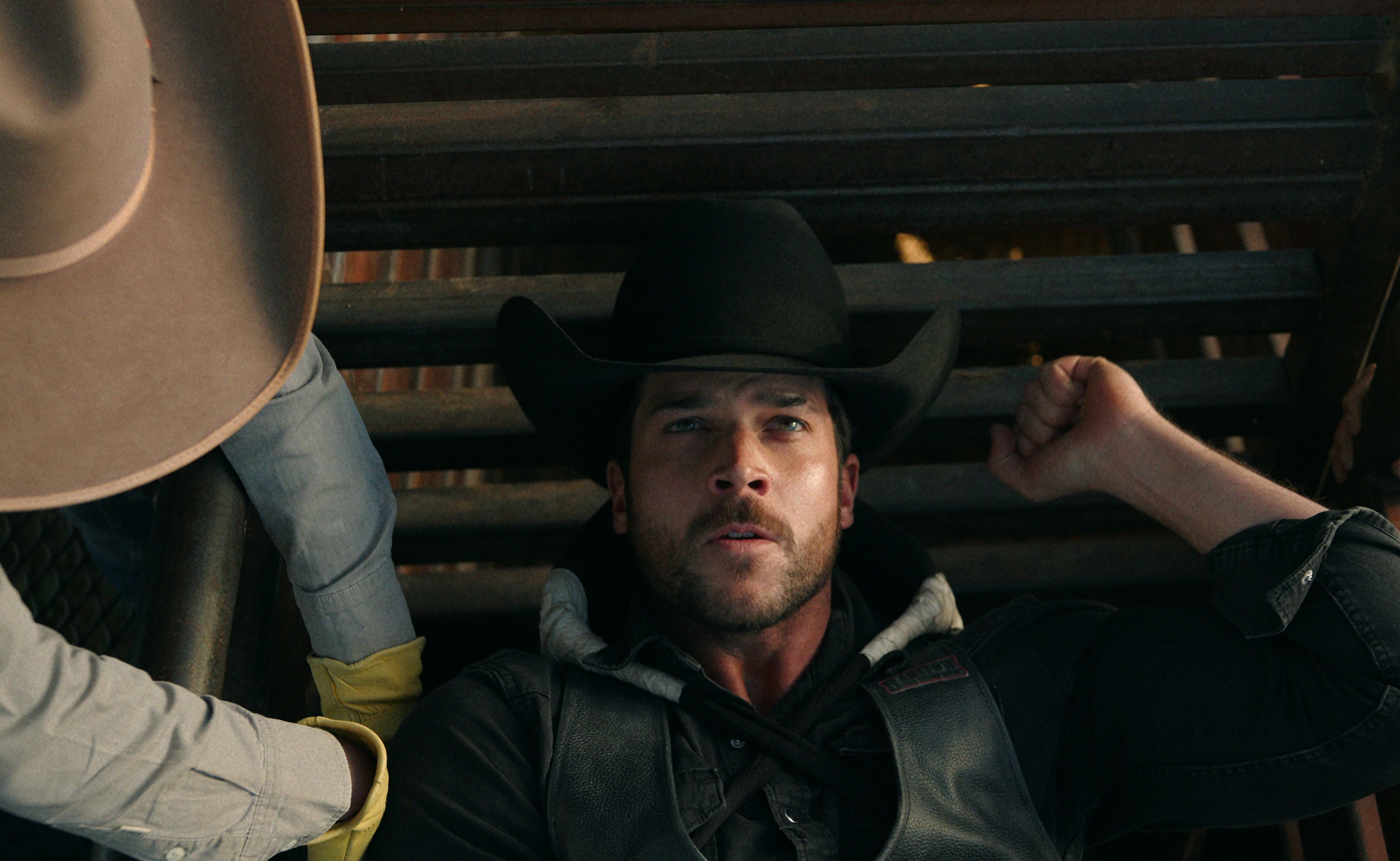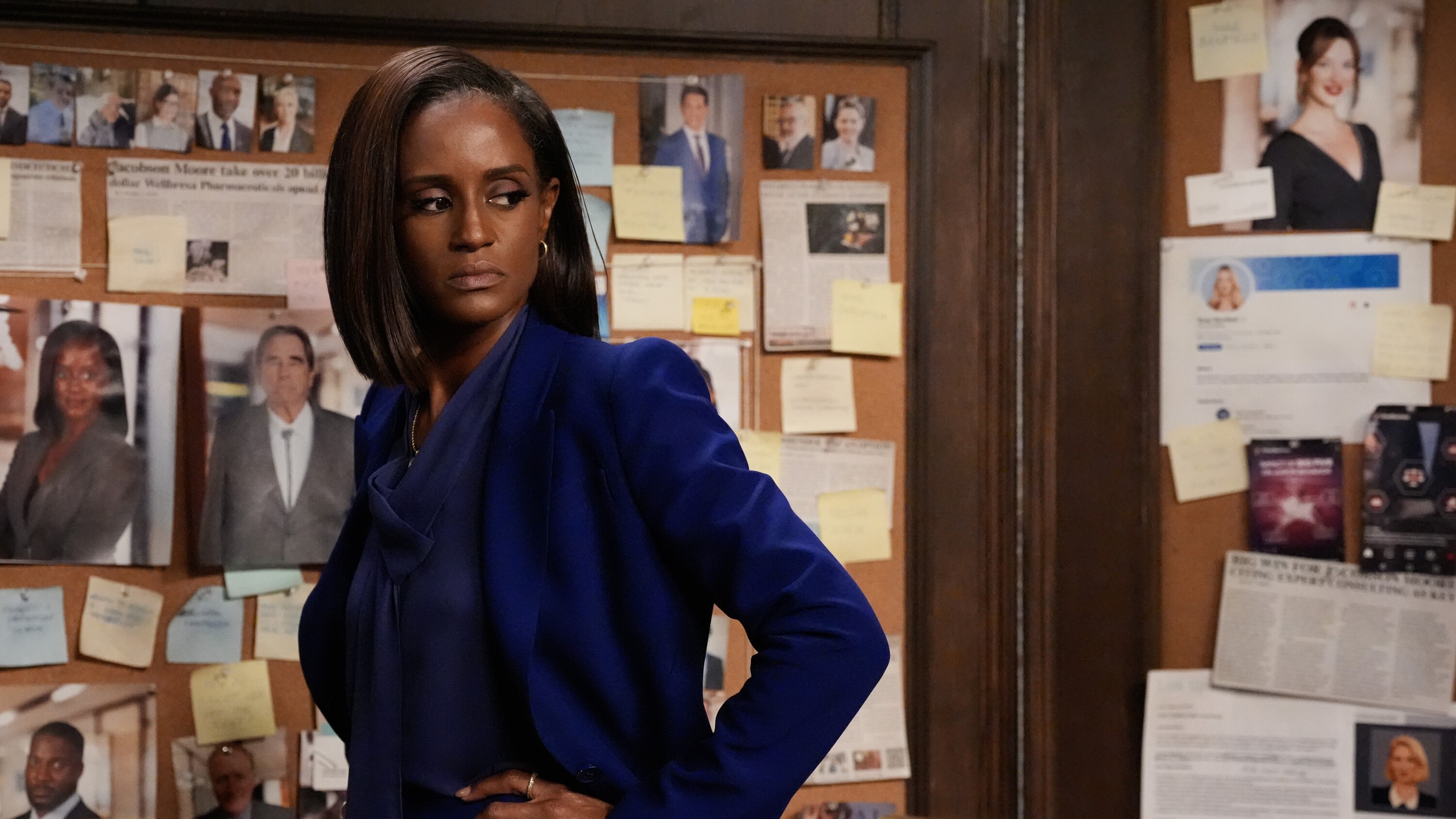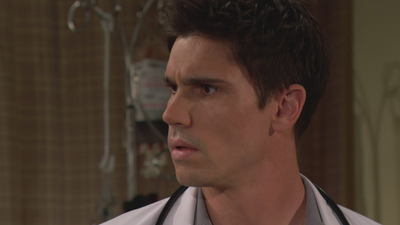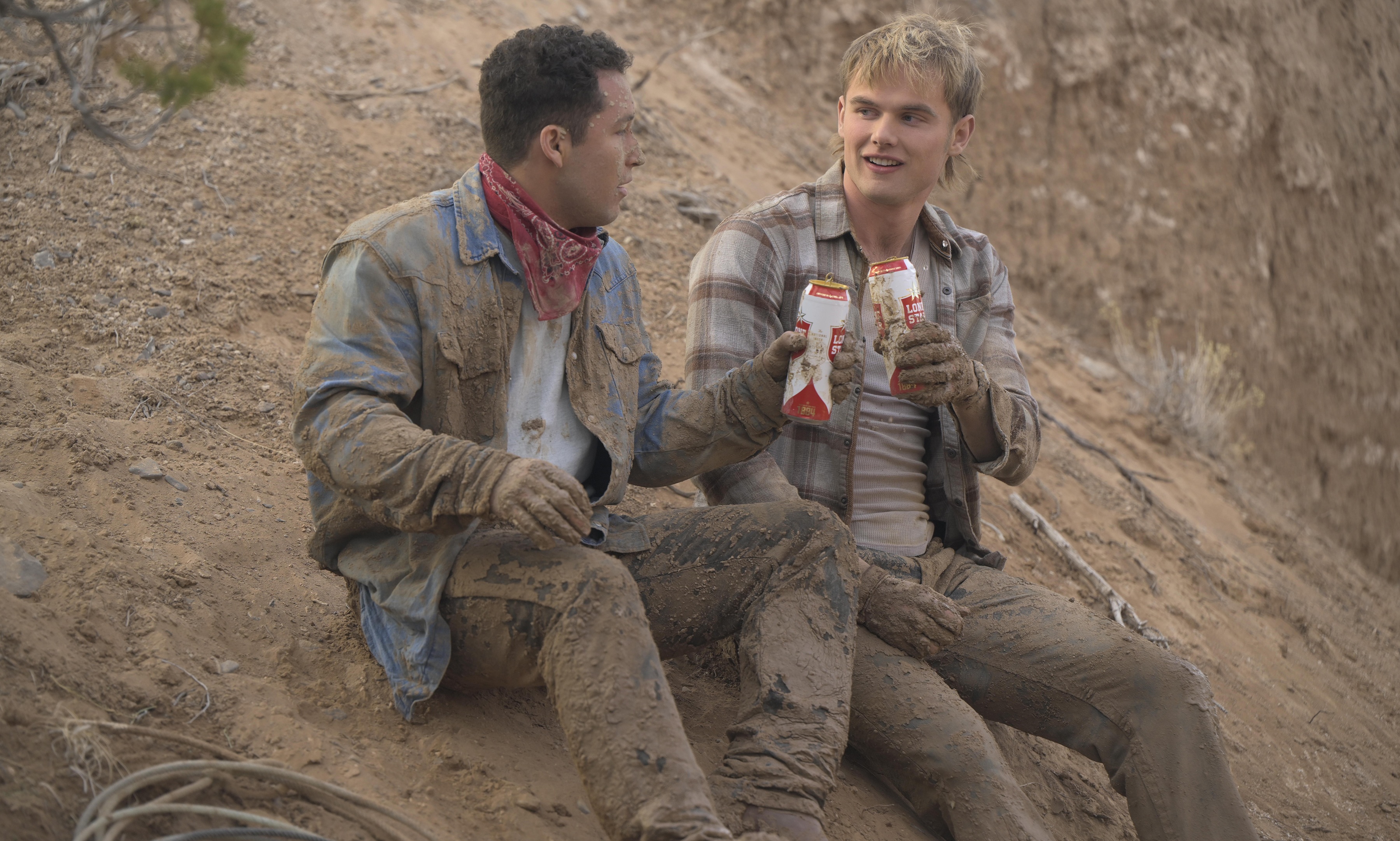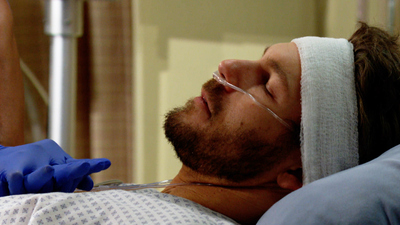It's time to bring back good sex scenes in film!
Arguments about sex scenes seem to pop up on Twitter with clockwork-esque regularity.

Arguments about sex scenes seem to pop up on Twitter with clockwork-esque regularity. Apparently, there is never a real need for a film to include sex because, so the tweets go, it drives the plot to a grinding halt and never has any thematic importance. Sex is purely for titillation on-screen, a moment of studio-mandated bare skin designed solely to pander to horny teenage boys who may have fallen asleep during the talky exposition scenes.
This is, clearly, not a very good argument and a rather staid understanding of cinema as a whole. We could be here all day listing big-screen sex scenes of immense creative significance but that would be beside the point. How did we get to this strange moment in time where sex in film is seen as a frivolity, a waste of time, and indeed, a bad storytelling tool?
it should be noted that this argument mostly seems limited to Hollywood cinema, as European filmmakers have infamously had no qualms about letting it all hang out, so to speak. America’s attitude towards sex, both in real life and in storytelling, is one of simultaneous sleaze and puritanism. This troubling approach is older than the medium of film, but you can use the history of Hollywood as a handy timeline to understand how we got to this point in 2020 where sex scenes are now dismissed as pointless.
The early days of film were a sensual free-for-all, with saucy storytelling and scantily clad actresses commonplace as the medium headed into the talkies era. It wasn’t all fun and frolicking, however, as the advent of this scary new form of entertainment became the target of various religious, civic, and political groups. Various states instigated their own censorship boards, forbidding scenes of violence, profanity, and, of course, sensuality. Even the very first on-screen kiss, an 18-second scene of two actors re-enacting a scene from a play, was decried as obscene and immoral.
Things were forced to change dramatically by the 1930s. A number of major Hollywood scandals, including the rape trial of Fatty Arbuckle, drew the ire of protest groups who demanded that the big screen clean up its act. Thus, the Motion Picture Production Code came into place, which forbade 'licentious or suggestive nudity', 'any inference of sex perversion', and sex hygiene, to name but a handful of its rules. The code was heavily dominated by Catholic values thanks to the lobbying of various Catholic groups and the focus on combating the supposedly 'morally evil' film industry (the majority of major studio owners were Jewish and frequently subjected to attacks based on this.) America has never been a majority-Catholic country, and, as Professor Thomas Doherty noted, this resulted in what he called "a Jewish owned business selling Catholic theology to Protestant America."
The rigid enforcement of the code encouraged many filmmakers to find loopholes that would allow them to explore sex on subtle manners, but by and large, Hollywood became wildly desexed. Seductresses were positioned as fallen women who had to be punished by the final act. Kisses couldn't last longer than three seconds (something that Alfred Hitchcock famously mocked in Notorious, where he had Ingrid Bergman and Cary Grant break away every three seconds for over two and a half minutes of kissing!)
Things began to change in the 1950s and '60s, but it took a long time for Hollywood to accept sex as something other than mindless titillation. It's an attitude that lingers in the industry to this day. Films that use sex as a crucial thematic and character-building tool tend to happen outside of the major studios. The MPAA, who issue movie ratings in the U.S., are still notoriously old-school when it comes to sex. Shoot as many people as you want in a bloodless massacre and it’ll be safe for PG-13, but anything hotter than a few thrusts with your shirt off and you can expect an R.
Get the What to Watch Newsletter
The latest updates, reviews and unmissable series to watch and more!
As detailed in Kirby Dick’s documentary This Film Is Not Yet Rated, anything beyond under-the-sheets fumbling between a man and a woman will almost certainly guarantee you an NC-17 rating, which remains something akin to box office poison with distributors. Blue Valentine famously fought back against the NC-17 it received for an oral sex scene. The MPAA has also been accused multiple times over the decades of grading LGBTQ+ romances and sex scenes far harsher than cishet ones. While the MPAA insists that its system is fair, their own restrictive attitudes towards sex have essentially rendered it persona non grata in Hollywood. It’s no wonder that audiences have become attuned to the idea that sex scenes are pointless when we actually do see them.
This has led to a moment in Hollywood where not only is sex on-screen a disheartening rarity, but when we do get it, it’s so lifeless and devoid of true sex appeal that audiences now reject it on principle. We have an entire generation of viewers trained to think of sex as being incompatible with storytelling. Any romance reader can tell you how ridiculous that is but bemoaning its status doesn’t do much to change the problem. We need a total paradigm shift to take place.
Sex is a key part of the human experience, a necessary one that drives so many of our decisions and has shaped our society for millennia. How can you simply omit that from film and pretend that it doesn’t matter? You’re missing something crucial when you treat human sensuality as a non-option in your narrative. Sex can be used as efficiently as dialogue or action to convey character growth when done right. Consider The Handmaiden, Park Chan-wook’s romantic drama that uses often graphic sex scenes between its lead actresses to illustrate their respective growths as well as the pervasive influence of patriarchal rule on their lives. Pedro Almodovar, a director famed for his unabashedly sensual work, knows that sex and everything around it dominates the lives of the ordinary folks, and that a good f**k can be just as piercing an insight into someone as a dramatic monologue. Nicolas Roeg’s Don’t Look Now simply would not work without its iconic sex scene, whose unbridled passion plays out in sharp contrast to the central couple’s grief.
It’s also worth noting that movies can and should be sexy just for the sake of it. There’s nothing wrong with appealing to baser instincts once in a while, although decades of Hollywood misogyny and racism have left behind too big a stain to sweep under the rug. America’s film industry needs a serious stripping down of its archaic and often contradictory attitudes towards sex on-screen, and that’ll take more than a few years to happen. It is, however, a worthwhile endeavor. The increasingly homogenous nature of modern blockbuster cinema allows no room for anything vaguely sexy, hence the oddly sexless nature of even the hottest superhero (a point made by Almodovar himself.) To strip humanity of one of its most defining aspects is bad storytelling and it’s insulting to audiences. Hollywood will continue to fall behind its international brethren if it doesn’t embrace good on-screen sex.
Kayleigh is a pop culture writer and critic based in Dundee, Scotland. Her work can be found on Pajiba, IGN, Uproxx, RogerEbert.com, SlashFilm, and WhatToWatch, among other places. She's also the creator of the newsletter The Gossip Reading Club.




